- No products in the cart.
Clotrimazole, quinacrine external solution. 1% 15ml-vial cap.
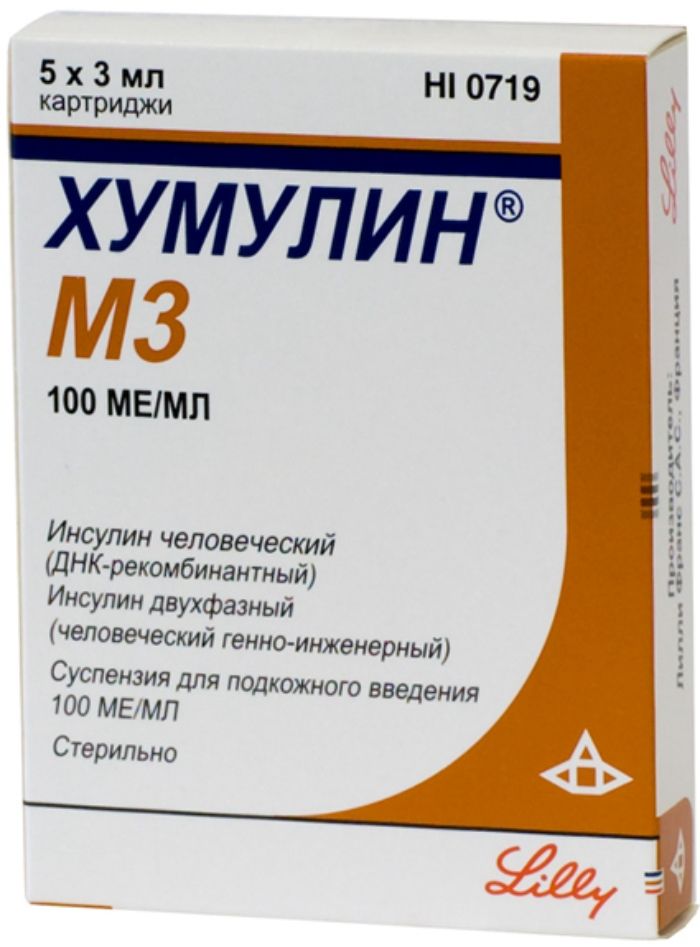
Humulin m3 for suspension and / p / 100me / ml 3ml cartridge 5 pcs
$23.05
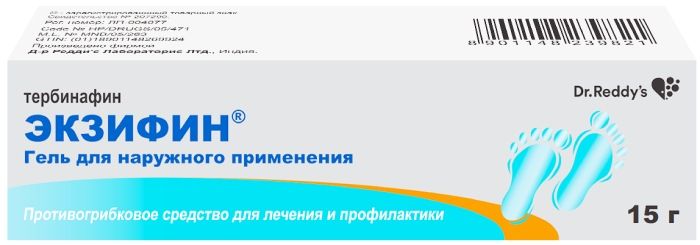
Ekzifin gel naruzhn.prim-I 1% 15g tube
$7.89
$6.11
Clotrimazole, quinacrine external solution. 1% 15ml-vial cap.
Description
Composition
Active substance:
100 ml of solution contain: clotrimazole 1 g
Excipients:
Isopropyl myristate, ethanol 99.9%.
Description:
Transparent, colorless liquid with a characteristic odor.
Product form:
A solution for external application of 1%.
15 ml vials of amber glass, sealed with a plug dropper and a screw cap with a controlled opening of the first polyethylene. 1 vial together with instructions for use placed in a cardboard box.
Contraindications
Hypersensitivity menstrual period (for vaginal forms), pregnancy (I term).
Dosage
0.01
Indications
Fungal skin and mucous membranes dermatomycosis, dermatophytosis, trichophytosis, tinea, mikrosporiya, candidiasis, stomatitis, interdigital fungal erosion, fungal paronychia, fungal infections, complicated secondary pyoderma, candida vulvitis, vulvovaginitis, balanitis, trichomoniasis, pityriasis versicolor, pityriasis versicolor, erythrasma, reorganization of the birth canal before delivery.
Interaction with other drugs
Amphotericin B, nystatin, natamycin reduce efficiency while applying clotrimazole.
When applying the solution negative interactions with other drugs are not known and are not to be expected, since the ability of clotrimazole resorptive very low.
Overdose
There are no data on cases of clotrimazole overdose when used externally.
In case of accidental ingestion, with the appearance of symptoms such as dizziness, nausea, vomiting and gastric lavage is recommended to conduct the symptomatic treatment. No specific antidote.
pharmachologic effect
Pharmacological group:
Antifungal agent.
Pharmacological properties:
Antifungal, antimicrobial, protivotrihomonadnyh ,.
Pharmacodynamics:
Antifungal agent from the group of imidazole derivatives for topical and local (intravaginal) administration, reduces the synthesis of ergosterol, which is part of the microbial cell membrane wall, and causes a change in its structure and properties. In low concentrations fungistatic effect, and large – fungicide, not only in proliferating cells. The fungicidal concentrations interacts with mitochondrial and peroxidase enzymes, resulting in increased concentrations of hydrogen peroxide up to a toxic level, which also contributes to the destruction of fungal cells. It is active against pathogenic dermatophytes (Trichophyton rubrum, Trichophyton mentagrophytes, Epidermophyton floccosum, Microsporum canis), yeasts and fungi (the genus Candida, Torulopsis glabrata, the genus Rhodotorula, Malassezia furfur), agents of multi-colored lichen, erythrasma, Gram-positive (Staphylococcus, Streptococcus, Corynebacterium minutissimum) and Gram-negative bacteria (Bacteroides, Gardnerella vaginalis), Trichomonas vaginalis.
Pharmacokinetics:
Poorly absorbed through the skin and mucous membranes, and almost no systemic action. Is accumulated in the stratum corneum of the epidermis, it penetrates the nail keratin. in the deep layers of the epidermis concentration higher than MIC for dermatophytes. When intravaginal administration absorbed no more than 3-10% of the administered dose. The liver is rapidly metabolized to inactive metabolites. High concentrations in the vaginal secretions and the low concentration in the blood are retained within 48-72 hours.
Pregnancy and breast-feeding
Clinical and experimental studies, it was found that the use of clotrimazole during pregnancy or while breast-feeding has a negative impact on the health of the woman or the fetus (baby). However, the question of the advisability of the appointment of the drug in the II and III trimester of pregnancy should be decided individually after consulting a doctor.
Application of the drug directly on the mammary gland is not recommended during breastfeeding.
Conditions of supply of pharmacies
Without recipe.
side effects
Local reactions burning, swelling, irritation and scaling of the skin, paresthesia, erythematous rash, blisters. Allergic reactions (pruritus, urticaria). The intravaginal administration – itching, burning, redness and swelling of the mucous membranes, vaginal discharge, headache, gastralgia, frequent urination, intercurrent cystitis, burning sensation in the penis to sexual partners, pain during sexual intercourse.
special instructions
Not recommended to apply the drug to the skin in the eye area.
When signs of hypersensitivity or irritation of the treatment was stopped.
If no effect within 4 weeks should confirm the diagnosis.
Storage conditions
At temperatures above 25 ° C.
Keep out of the reach of children.
Dosing and Administration
Outwardly.
The solution was applied thinly to the precleaned (with soap neutral value of pH), and dry the affected skin 2 times per day (morning and evening) and rubbed gently.
The duration of treatment depends on the severity of the disease, the localization of pathological changes and the effectiveness of therapy.
tinea treatment is carried out at least 4 weeks tinea versicolor – 1-3 weeks.
Fungal diseases of the skin of the feet is recommended to continue treatment for an additional at least 2 weeks after the elimination of symptoms.
Information
Appearance may differ from that depicted in the picture. There are contraindications. You need to read the manual or consult with a specialist
Additional information
| Weight | 0.100 kg |
|---|---|
| Manufacturer | QUINACRINE INN |

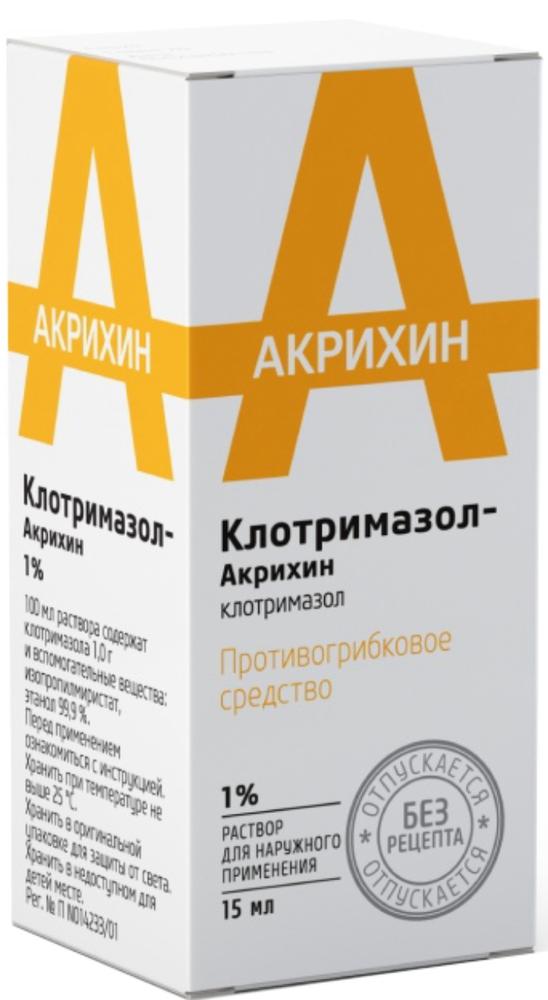
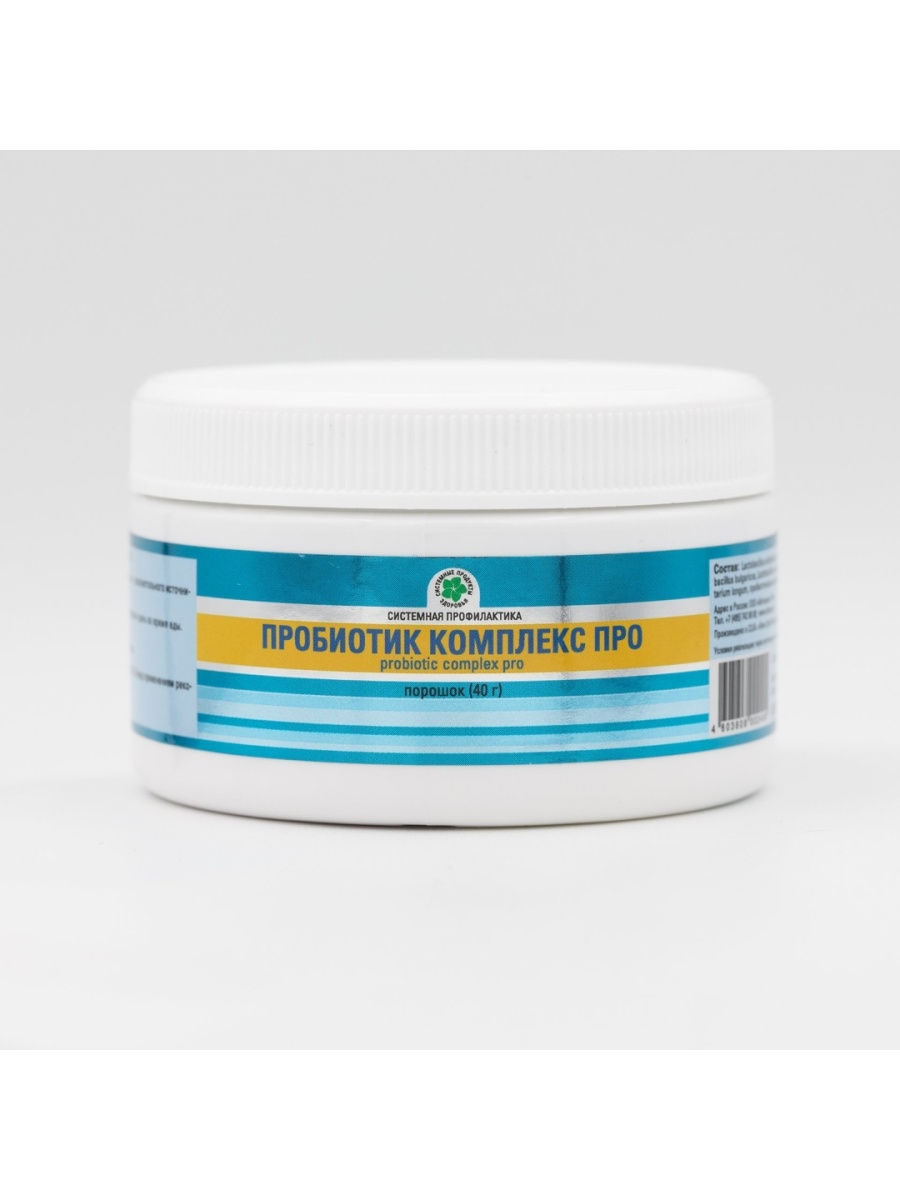
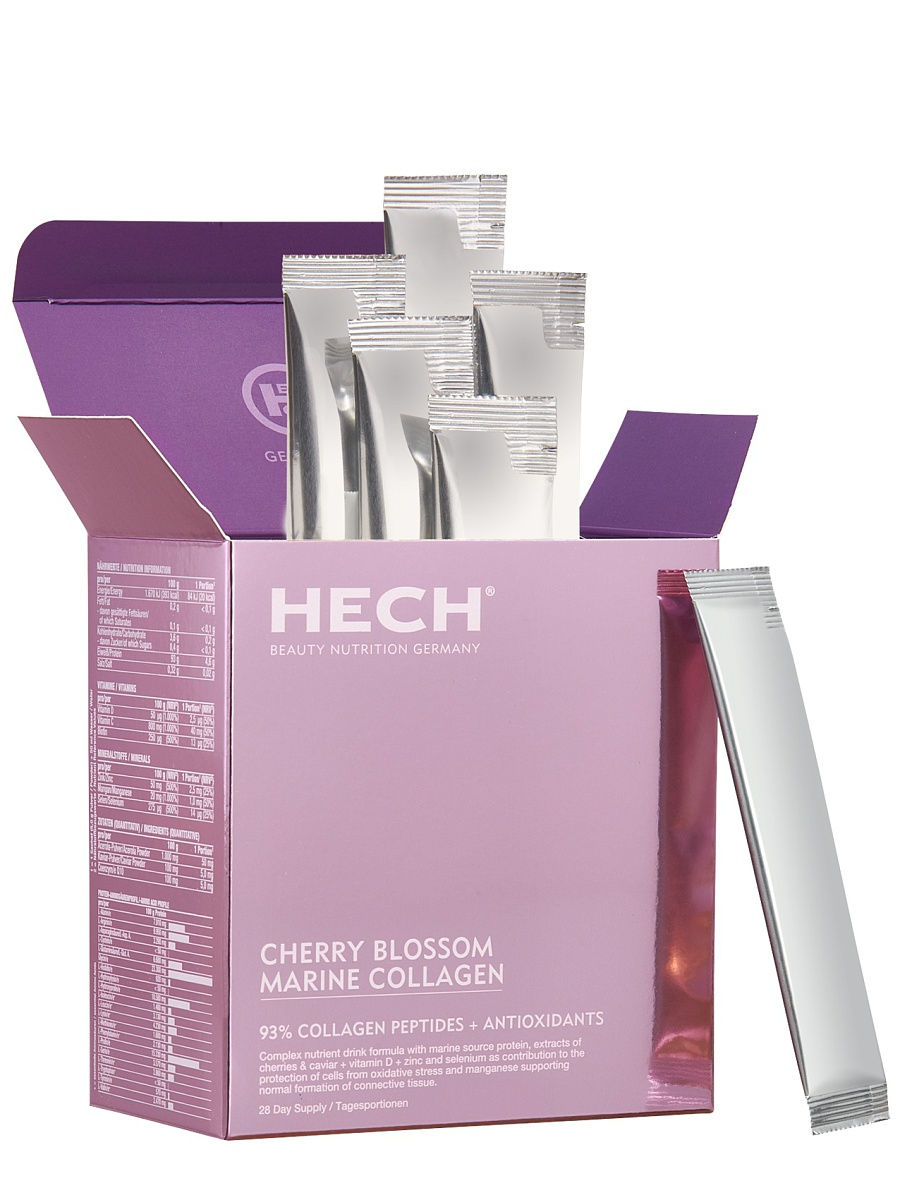
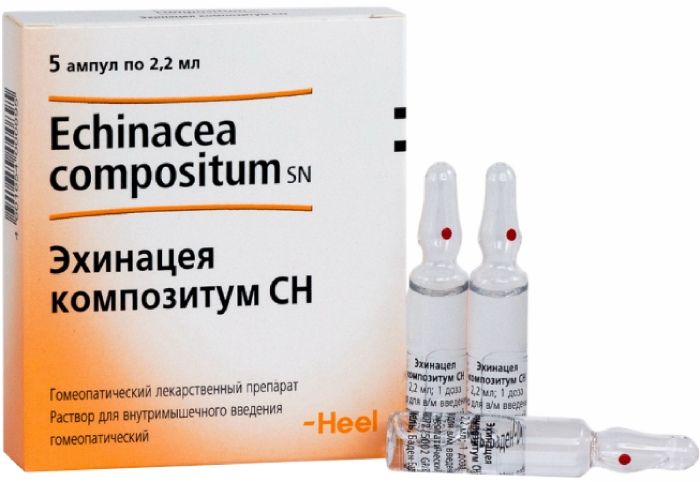
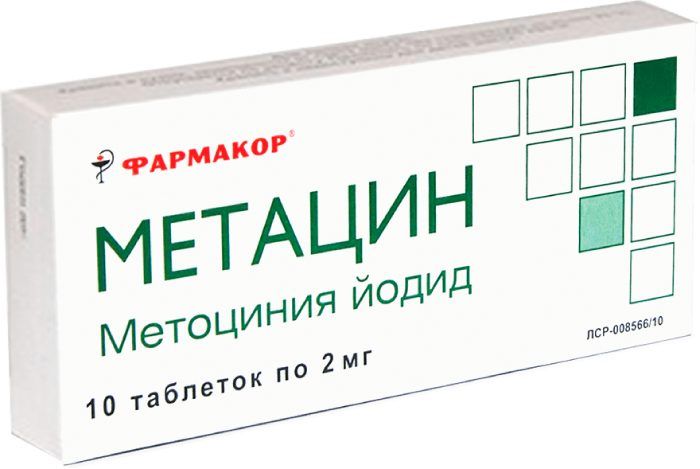
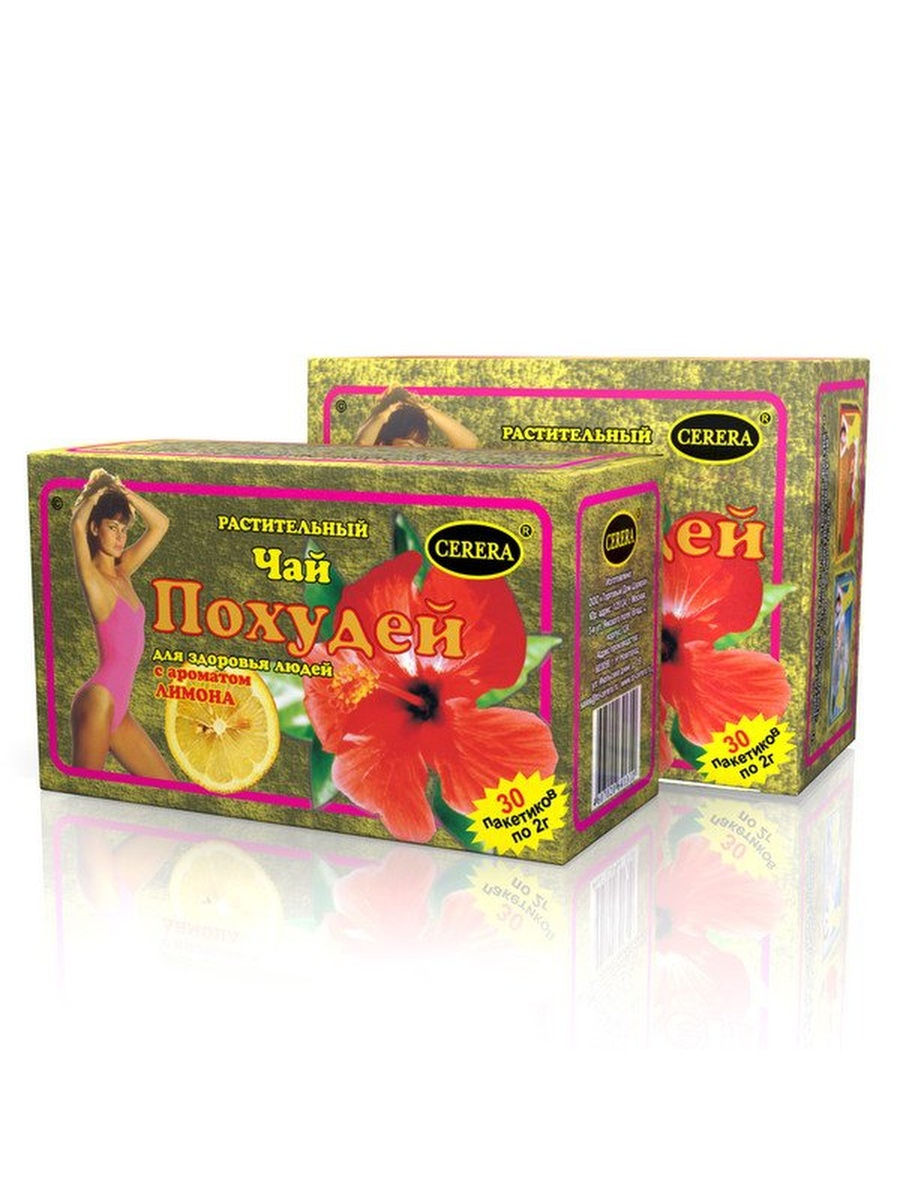
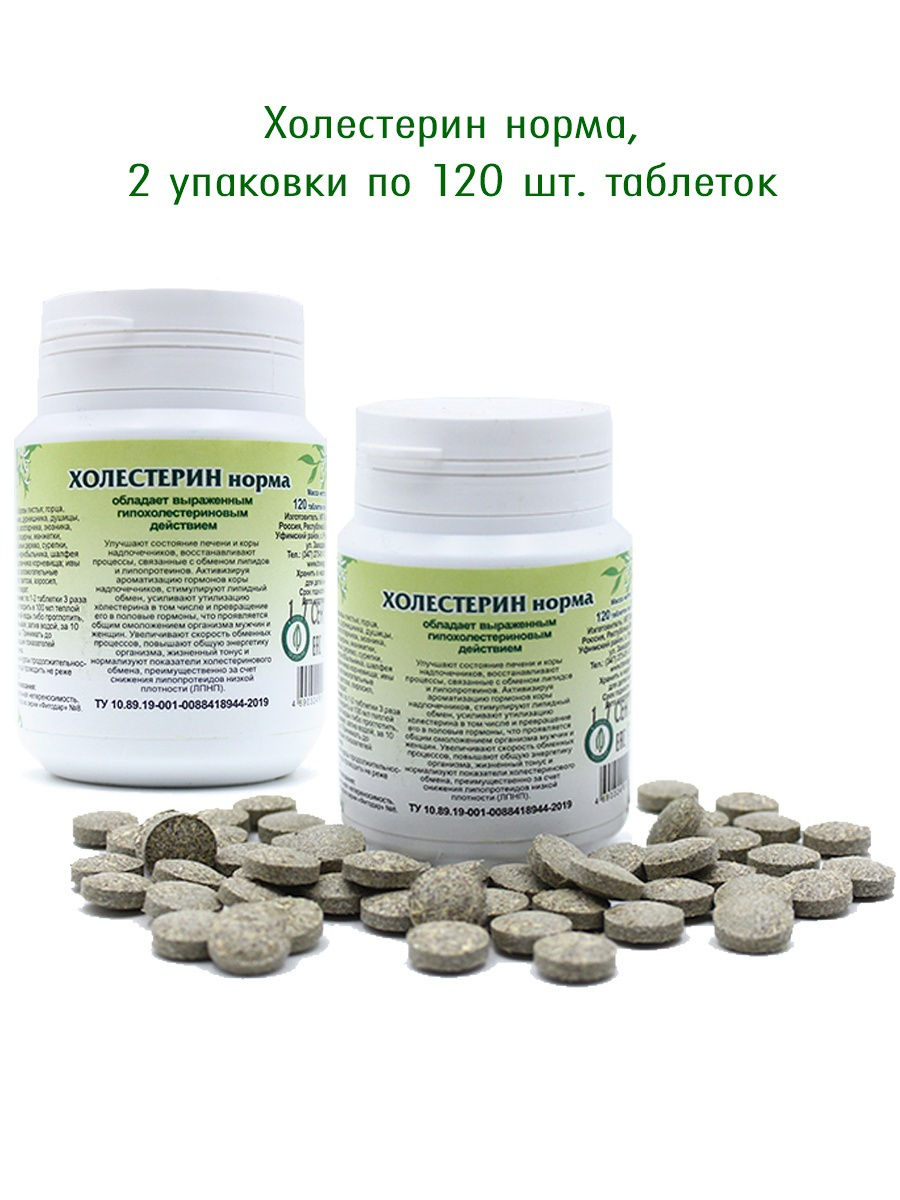




There are no reviews yet.